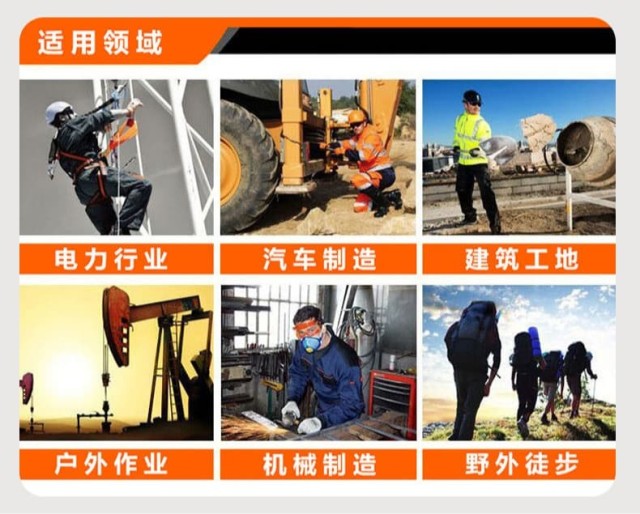When purchasing safety footwear, focusing solely on upfront costs can lead to higher expenses and reduced protection over time. This guide explores how to balance budget considerations with workplace-specific risks, material durability, and long-term performance—helping you make informed decisions that maximize value without compromising safety.
Budget-Conscious Safety Footwear Purchases
Evaluating Workplace Hazards to Prioritize Features
Not all safety footwear is created equal. The right choice depends on your workplace environment:
- Impact-heavy industries (e.g., construction, manufacturing): Steel toe boots provide superior protection against crushing forces.
- Extreme temperatures or electrical hazards: Composite toe boots (made of carbon fiber or Kevlar) are non-conductive and better insulate against heat/cold.
- Long shifts or outdoor work: Lightweight, breathable designs reduce fatigue and improve comfort.
Research shows that prioritizing hazard-specific features reduces injury risks by over 40%, lowering long-term costs related to workplace incidents.
Material Durability vs. Replacement Costs
Cheaper boots often sacrifice durability, leading to frequent replacements. Consider:
- Steel toe boots: Last 12–18 months in heavy industrial use but are heavier and less breathable.
- Composite toe boots: Lighter and more comfortable but may need replacement every 8–12 months in high-impact settings.
A manufacturing case study revealed that investing in mid-range durable boots reduced annual footwear costs by 30% compared to buying low-cost options twice a year.
Hidden Savings in Composite and Breathable Designs
Composite materials and breathable fabrics offer indirect savings:
- Reduced fatigue: Lightweight designs improve productivity and decrease injury risks from slips or falls.
- Fewer replacements: Moisture-wicking linings extend boot lifespan by preventing material breakdown.
For example, breathable safety footwear can last 20% longer in humid environments compared to non-breathable alternatives.
Total Cost of Ownership in Safety Footwear
Upfront Costs vs. Long-Term Savings
A $50 steel toe boot might seem economical, but if it requires replacement every 6 months, it’s costlier than a $120 composite toe boot lasting 18 months. Key factors:
- Maintenance: Waterproofing and proper cleaning can extend lifespan by 25%.
- Comfort: Poorly fitting boots increase absenteeism and medical claims.
How Industry Standards Impact Budget Decisions
ASTM/ISO compliance ensures baseline safety but also affects costs:
- ASTM F2413-18: Mandates impact/crush resistance; non-compliant boots risk fines and injuries.
- ISO 20345: Requires toe protection and slip resistance; compliant boots often have longer warranties.
Investing in certified footwear reduces liability risks and ensures consistent performance.
Ready to Optimize Your Safety Footwear Strategy?
3515 helps distributors and bulk buyers access high-performance safety footwear tailored to industrial needs—combining durability, compliance, and cost efficiency. Contact us to explore solutions that protect your workforce and your budget.
By prioritizing long-term value over initial savings, you’ll ensure safer, more productive workplaces while minimizing replacement cycles and hidden costs.
Related Products
- Wholesale Customizable Suede Safety Boots - Puncture-Proof with Velcro Closure
- Wholesale Durable Camo Canvas Shoes with High-Traction Rubber Soles
- Puncture-Resistant Velcro Safety Boots for Wholesale & Custom Manufacturing
- Customizable Anti-Smash Safety Boots for Wholesale & Private Label Manufacturing
- Wholesale Safety Footwear Manufacturer for Bulk & Custom OEM Orders
Related Articles
- How to Choose Work Boots That Balance Safety, Comfort, and Durability for Your Job
- Work Boots vs. Western Boots: How to Choose the Right Footwear for Labor Safety
- How to Choose Work Boot Materials for Maximum Safety and Durability
- How to Choose Work Boots That Match Your Job Demands and Safety Needs
- Matching Men’s Work Shoe Safety Technologies to Workplace Hazards



















